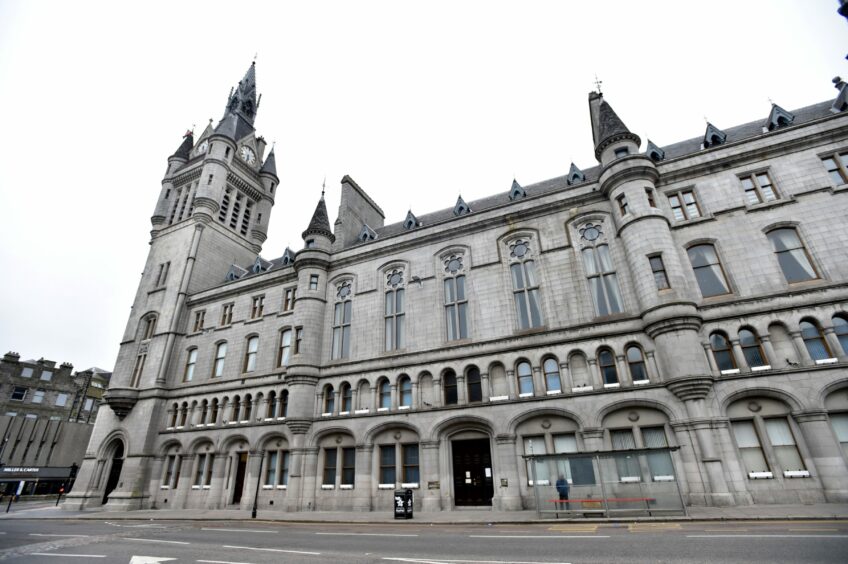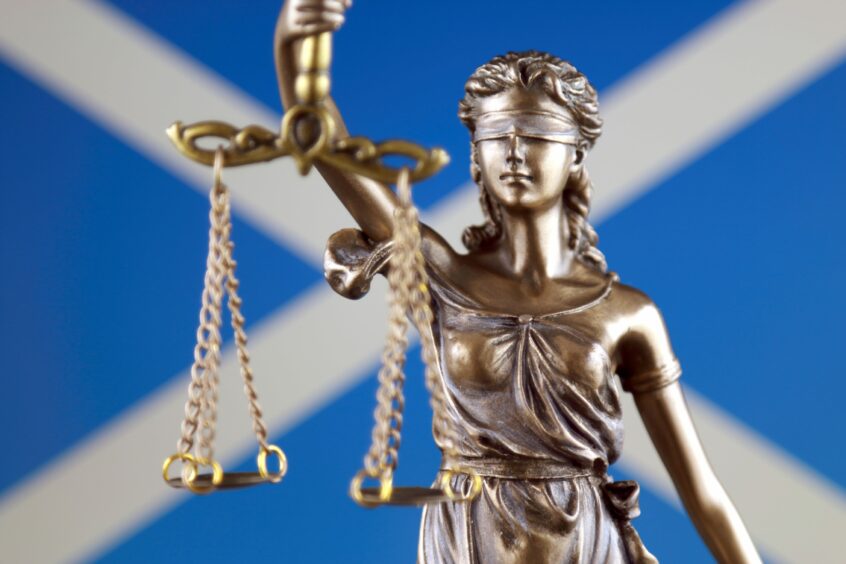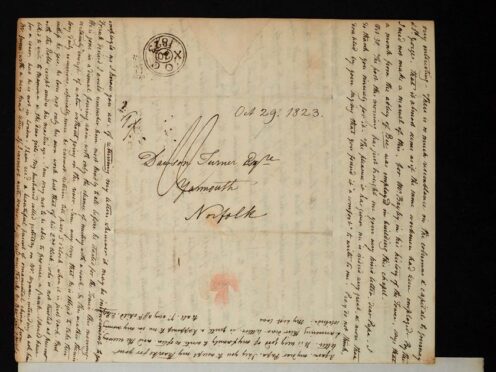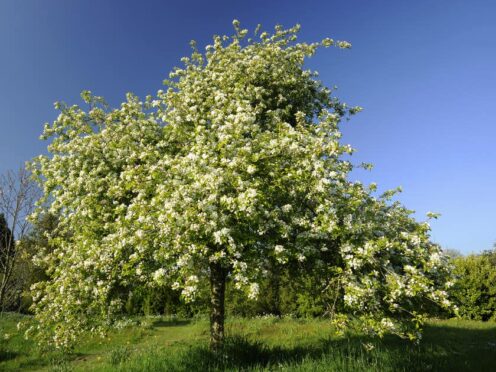It is an image that has attracted a lot of attention – a smartly-dressed student jumps and shouts in pure delight as though he has just graduated with top marks. All it lacks is a flying mortarboard.
In fact he was celebrating getting away with a brutal assault that left a man in hospital, let off along with two pals because a sheriff was concerned a conviction might harm their career chances.
Our publication of that picture and the story behind it prompted an instant backlash at the extraordinary leniency, demands for a rethink and a healthy debate about the quality of Scottish justice.
Just last week too came outrage at another absolute discharge, this time for a care home worker who assaulted a police officer outside a pub.
Our ‘Individualised Approach’ video explains why courts must take into account a young person’s background and circumstances, including the impact of any trauma or adverse childhood experiences, when deciding on an appropriate sentence.https://t.co/DJltf4iYeL
— Scottish Sentencing Council (@ScotSentencing) May 6, 2022
And equally controversial, a run of recent cases where criminals that most people would consider “old enough to know better” were shown leniency because of their tender years.
They are excellent examples of one reason the principle of “open justice” – that it must not just be done but be seen to be done – is so important in this country.
Media coverage allows public scrutiny of the judiciary
Making sure the public are free to watch court proceedings – and the media are free to report them – holds the feet of the judiciary to the fire of public scrutiny.
“Publicity,” as the philosopher and legal reformer Jeremy Bentham put it in a quote almost as old as the P&J, “is the very soul of justice.
“It keeps the judge himself, while trying, under trial.”
Don’t get me wrong. Day in and day out, our courts and the people who work in them do a fantastic job in very difficult circumstances.
But sometimes they do get it wrong in the eyes of the public they are there to serve – like with the students who were let off – and by being there to report it, we kickstart the kind of debate that forces bad decisions to be looked at again.
There are other benefits of journalists being on hand as the “eyes and ears” of society.
COPFS's Victim Information and Advice (VIA) supports vulnerable people who're in the criminal justice process. In National Stalking Awareness week, VIA officer 'Margaret' explains how she helps victims https://t.co/I3aNDjLWJ1
#NSAW2022 #BridgingTheGap @live_life_safe pic.twitter.com/zhSmTpChL7— COPFS (@COPFS) April 28, 2022
Many victims of crime suffer in silence, scared to report things or perhaps not even realising that what was done to them was against the law.
Reading about cases – whether involving the people who wronged them or just similar scenarios – can encourage them to come forward and get the justice they deserve.
Others might be diverted from the temptation of taking the wrong path by seeing others get caught and punished.
And public confidence in the entire system relies on people seeing it operating to keep them safe from harm.
Court stories matter to our readers
Regrettably, over recent years, the number of cases being covered by the media as a whole has fallen.
Sending highly-trained reporters and photographers to spend large amounts of time sitting through sometimes lengthy proceedings is a very expensive business.
With budgets under pressure, it is easy to see why this cost in particular has caught the eye of bean counters.
We are determined though to buck that trend, not least because we know it matters enormously to readers. All the figures show that these stories are among the most read on our website, confirming what we already knew from years of experience about the type of material people like to read in print.
That is why when we transformed our newsroom operation just over a year ago, one of the first pieces we put in place was a team dedicated to bringing you the very latest from courts across the north and north-east – and further afield too when they are hearing cases relevant to our region.
It has not proved universally popular.
My inbox is regularly bombarded with complaints from people who have committed crimes, damaged other people’s lives, and are upset that we have exposed them for what they are.
I confess my sympathy is limited.
Maintaining open justice
On the other side of the coin are the victims and witnesses who feel uncomfortable at having to relive the awful things they suffered at the hands of criminals via these pages
Some have their privacy protected by the laws, codes of conduct and conventions that govern what we decide to publish, children for example, or the victims of sexual offences.
In other cases though – and believe me when I say this is never an easy debate for us – we must weigh the feelings of people caught in the crossfire against the benefit to us all of maintaining open justice.
As it was put in one of the best-known court rulings asserting the importance of the idea: “The hearing of a case in public may be, and often is, no doubt, painful, humiliating, or deterrent both to parties and witnesses… but all this is tolerated and endured, because it is felt that in public trial is to be found, on the whole, the best security for the pure, impartial and efficient administration of justice, the best means for winning for it public confidence and respect.”
I plan to write in more detail about court reporting soon, looking in particular at some of the most common myths around how we choose which cases to cover, what we are allowed to publish and how long we can keep archive stories on the website. (I’ll let slip one preview: the answer to that last one is, in most cases, forever).
For now though, I hope I have provided enough evidence to secure a positive verdict on the continued importance of us reporting from the region’s courts on your behalf.
Do you have a question about the way we work? Please send it to readersombudsman@pressandjournal.co.uk













Conversation